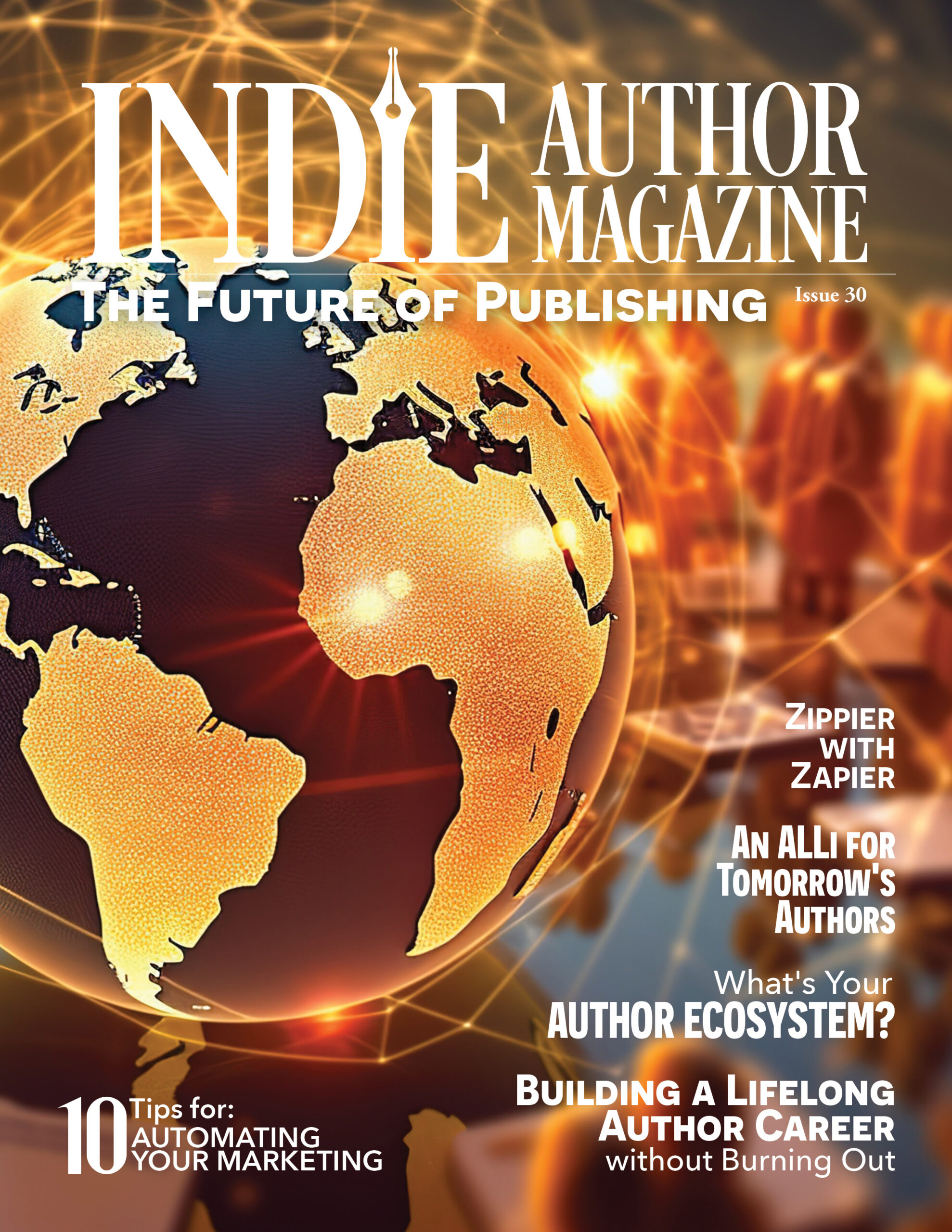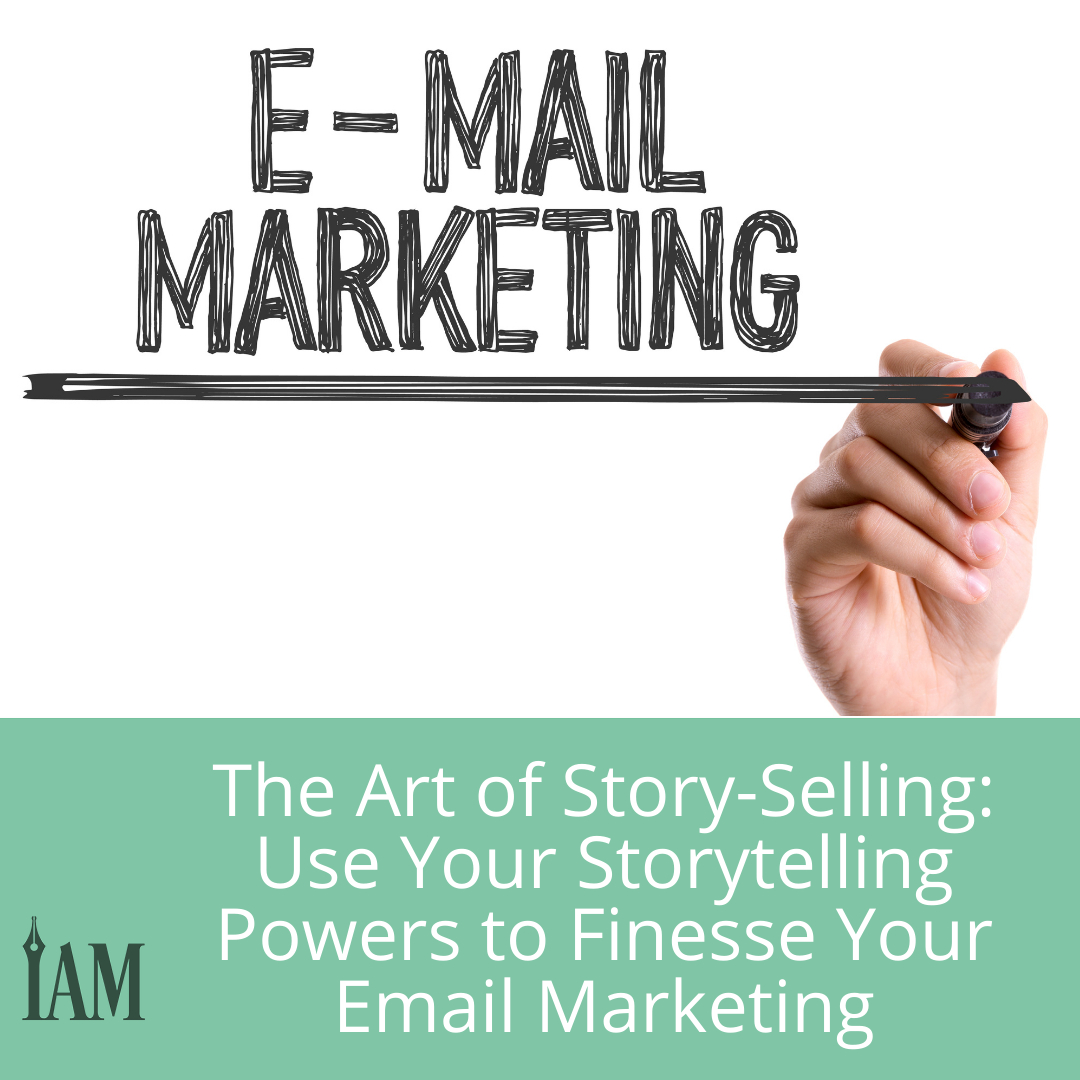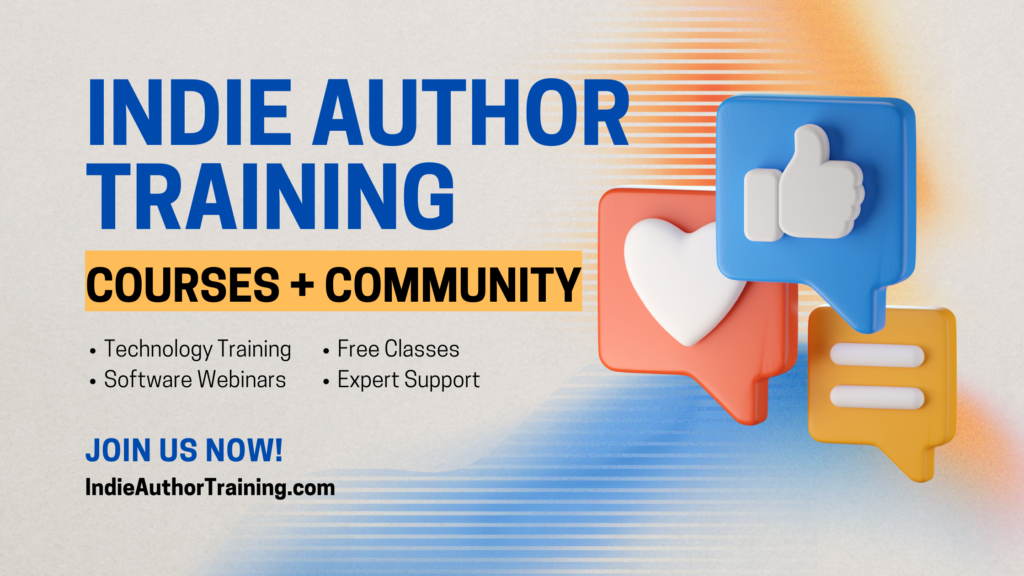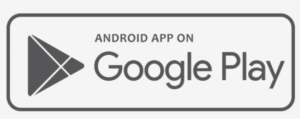How to Structure Your Emails and Use Your Storytelling Powers to Sell More Books
Our brains are wired for stories. And as an author, you are a natural storyteller, with the ability to craft compelling narratives and engage readers in a way that few others can. So why not use those same storytelling skills to help sell your books? By leveraging the power of email marketing, you can reach out to potential readers and use your storytelling prowess not just to write your books but to get more book sales as well.
Stories have connected us for thousands of years, so it makes sense to use stories to build a relationship with your audience. But before we delve into the specifics of how to do this, we need to understand the importance of “giving value” in email marketing. “Giving value” is something that many people associate with giving stuff away for free, whether that’s free content, free expertise, or free hard teaching. Precisely because it’s free, people often perceive that information as having a lower value.
But these days, giving value means offering something of worth to your readers in exchange for their attention. There’s no such thing as a free lunch, and if you want to nurture a relationship with your list, you’ve got to work at it. The key is to give your readers a reason to pay attention to your emails and take action, rather than simply sending them a hard sell for your book.
Value can be as simple as making someone feel something, whether that’s with an uplifting moment, an entertaining anecdote that gives them a chuckle, or a new way of thinking about something. You can talk about your books, the inspiration for your characters, or even give a behind-the-scenes glimpse into your life.
You know how the ending of some books and movies leave the audience feeling cheated, whereas some give you that warm hug feeling? Ideally, you want your readers to feel closer to the latter—they should believe that the time they spend reading your emails is well spent, so they’ll be more inclined to open the next one.
So what should you write about in your emails to give value to your readers and entice them to buy your book? Here are a few ideas:
- Behind-the-scenes glimpses: Give your readers a sneak peek at your writing process, including the inspiration behind your book, any challenges you faced while writing it, and how you overcame those challenges. This helps to build a connection with your readers and makes them feel like they are getting an inside look at your work.
- Exclusive content: Offer your readers exclusive content they can’t get anywhere else, such as bonus chapters, character bios, or deleted scenes. This helps to create a sense of exclusivity and makes your readers feel special.
- Personal stories: Share personal stories or experiences that relate to your book or its themes. This helps to humanize you as an author and gives your readers a deeper understanding of your work.
- Tips and resources: Provide your readers with valuable tips or resources related to your book’s topic or genre. This helps to establish you as an expert in your field and gives your readers a reason to continue following your emails.
A simple email structure
It’s no good writing a great email if it won’t get opened. Until you establish a strong bond with your readers and the mere sight of your name in their inbox will get your email opened, writing a compelling subject line is crucial. It strongly influences whether they will open your email. It’s always a good idea to include keywords related to your book or theme that are relevant to your readers, so try crafting a subject line that is both attention-grabbing and informative.
Now that you have an idea of what to write about, let’s talk about how to structure your emails to get people to click the link and buy your book.There is no right or wrong way to do it, nor is there a golden rule for the things you should write about. As your email list grows, you’ll get a feel for what your audience responds to and engages with. From there, you’ll be able to develop a consistent style that feels natural to you and is recognizable for your readers.
A common way to structure your email is by using the HTOC formula. The “H” stands for hook, not to be mistaken for the hook on your book description. Here, the hook is the story that will keep your reader’s attention. You can use your storytelling techniques throughout: Turn yourself into a character, make yourself real in your reader’s minds, and use storytelling techniques, such as setting the scene, introducing characters, and building tension, to engage your readers and keep them interested in your email. Also try personalizing your emails by using your readers’ names and referencing their previous interactions with you. This helps to build a sense of connection and makes your emails more relevant to your readers.
“T” is for transition. This is where you connect your story to the main point of your email. It can be difficult to know how to transition from a story to a sales offer without coming across as too pushy, but that comes with practice. Try something as simple as asking a question—for example, “Have you ever experienced this? It’s exactly what the main character in my new book faces.” A good transition ties in neatly with your story and your offer.
That brings us to “O,” for offer—the thing you’re selling or promoting. Sometimes it helps to work backwards when planning your email. Think about the goal of your email and what you’re selling. Are you promoting your backlist, a new release, or a social media post? Starting with the end goal in mind can help to give you direction. Equally, it can be fun just to write without knowing the end goal and seeing where it takes you.
And finally, end with “C,” the call-to-action. Readers aren’t mind readers; you need to tell them what you want them to do. Click a link, download, preorder, check out a book promotion—whatever it is, be clear and concise about what you want people to do. Include a link that works and that allows your subscribers to take the next step easily.
The HTOC formula showcases the opportunity we’re already offering our readers: the chance to read a good story. It’s also already used effectively by several authors. Just take Dean Koontz—the international bestselling author pens his author newsletters with the same four-part structure. Luckily you don’t have to sign up for his emails, as he also posts them on his website, https://deankoontz.com/. You can read one he wrote a couple of years ago here: https://deankoontz.com/the-voice-of-the-night-now-available-with-new-audio/.
There are other ways to structure your emails, and you really don’t need lots of fancy graphics. All you’re aiming for is for your email to feel like a conversation between you and your reader. Your stories don’t have to be epic; they don’t even have to be yours. They could be about something you read in the news.
There really isn’t a right or wrong way to structure your emails, and it’s totally OK to evolve your email style as you grow. But by using these tips as a starting place, you can leverage your storytelling skills over time to create engaging and effective emails that will help you sell more books.
Now that you’re armed with a simple formula, why not try it out in your next email? Remember to focus on giving value to your readers and use a clear call-to-action to encourage them to take the next step—just like the one you’re reading now, as a matter of fact. With practice and time, you’ll be well on your way to writing emails just as engaging and successful as the books they advertise.





